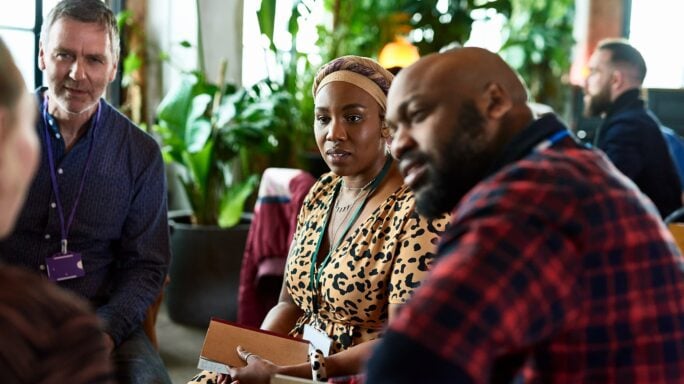
Wisdom for smarter businesses
Featured
Member Masterclass: Talks and articles from the world's leading experts
Members of the Sage community get automatic access to exclusive benefits, including talks, articles and expert advice in Member Masterclass. In this season, our speakers will explore how you can use innovation to propel your business forwards, unlock new opportunities, and create lasting impact.




















